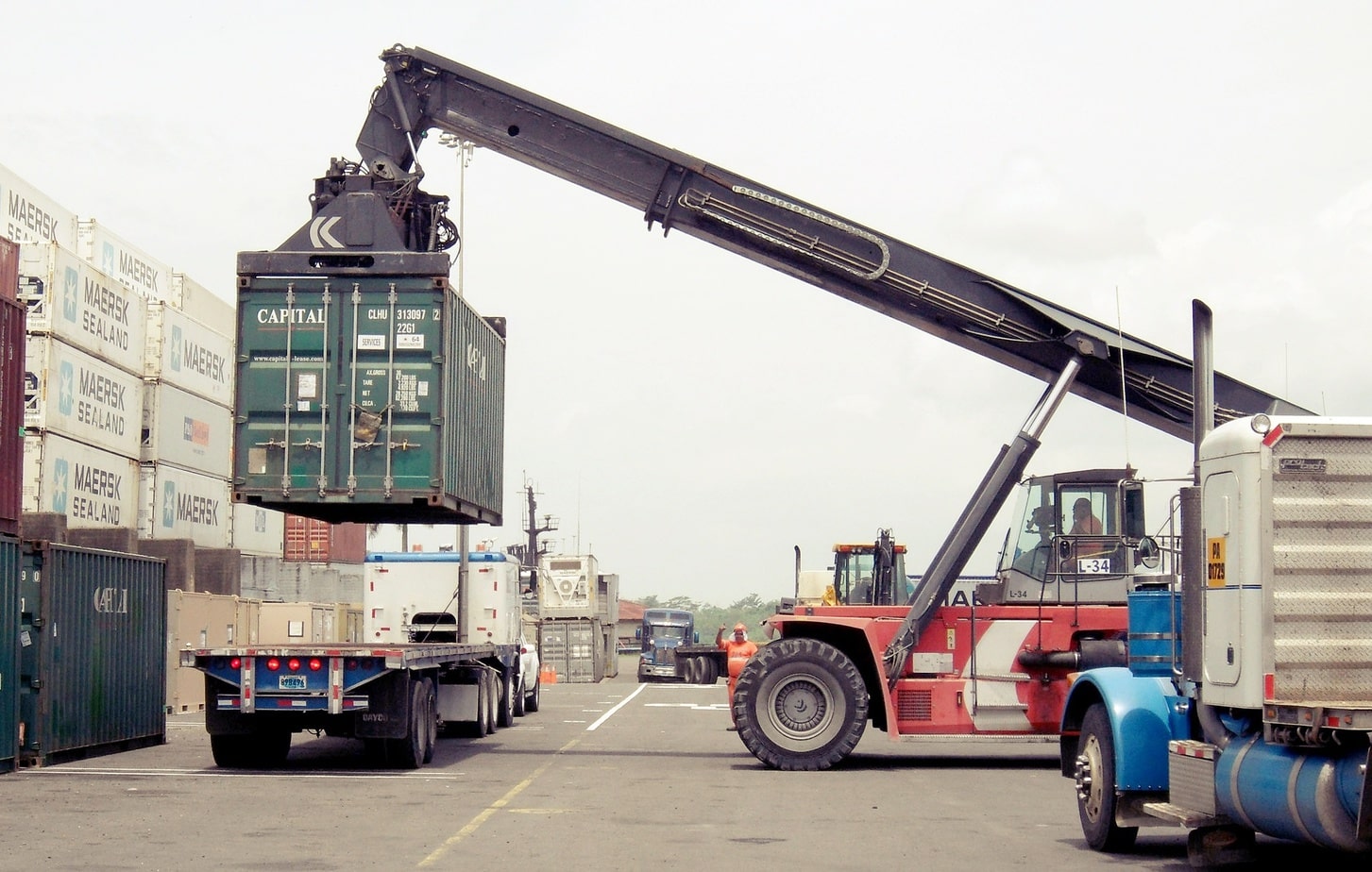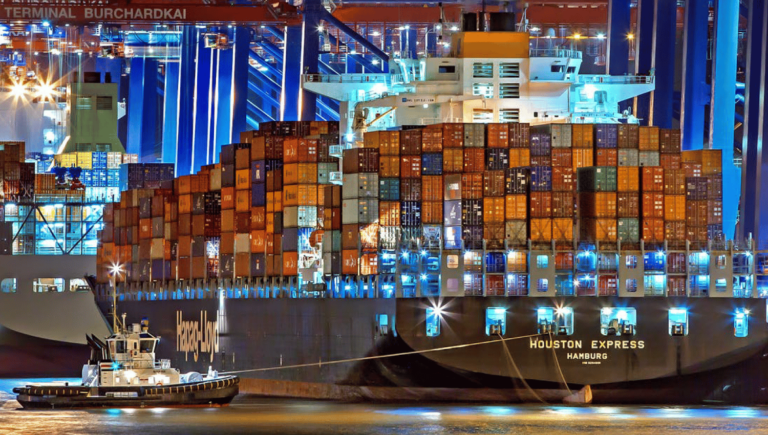Why Supply Chain Agility is Key in Today’s Turbulent Trade Environment
In today’s geopolitical climate, it is impossible to ignore the turbulent trade environment. Just turn on any major cable news channel. Browse the headlines of top-tier newspapers or swipe through a few digital news stories. See news related to the current renegotiation of the UK’s relationship with the EU, post Brexit or the bilateral trade battles between the world’s largest economies: the United States and China.
The reality in the world of global trade is that countries have always sought advantages over their fellow nation states. Tariffs, embargos and protectionism are just a few of the levers nations have utilized to wage these trade battles. However, in today’s fast paced and intertwined geo-economic world, such trade battles are much more delicate to navigate. So, what are supply chains leaders to do?
Ensure Agility Through Transparency
Supply chain visibility has always been essential, but the threat of trade battles requires even greater transparency. As supply chains struggle to keep up with the shifting winds of trade, one aspect that becomes even more crucial is the ability to see exactly what is happening within the supply chain network. Where is the company’s inventory? Where are their customers located? What are the national borders that need to be crossed to fulfill sales orders? These parts of the supply chain play a key role in how companies can better navigate the complex waters of national trade.
We have already witnessed the havoc that looming tariffs can create for supply chain managers. Whether it’s soy bean inventory being rushed across the Pacific to beat a tariff deadline. The rising costs for automotive companies, and consequently, their consumers. The reality of globally complex, networked supply chains requires sophisticated systems to provide system-wide analytics of what is the impact of events. Understanding the overall impact of actions taken at the warehouse shelf, the transportation node, the manufacturing assembly line or at the point of sale must be calculated and represented within the overall network. Being able to view, but also react to global factors that are touching your supply chain is vital in the ever-changing, geo-economic world we live in. Macroeconomics have long-lasting impacts on the supply chain, and how fast companies can ascertain, assess and react to these possible tradeoffs are crucial to not only surviving but thriving.
Think Global, Act Local
In a world of geo-economics, local actionability is vital. Macroeconomics have an inertia of their own, and even national governments cannot have full control over their directions. That is why it is imperative for supply chain professionals to think globally and act locally. This means focusing on the parts of the supply chain they can control. Which include distribution, manufacturing, sourcing and storage to name a few.
More specifically, supply chain leaders should tie their warehouses into a digitized network. Rather than have individual warehouses acting independently due to on premise solutions, leaders should aim to tie their warehouses into a networked WMS solution. Leaning on data and a digital signal, can help paint a more accurate picture of what is happening on the ground. The true data that the supply chain provides will enable a more accurate picture of the company’s inventory. Where it stands within the warehouse map and other assets. Creating a unified and more expansive view of the inventory that is flowing in and out of those warehouses will help leaders understand where their inventory is coming from. Whether it will be impacted by trade battles. And whether the company should postpone or accelerate the velocity of inventory to potentially avoid costly cross boarder moves.
• • In today’s fast paced and intertwined geo-economic world, such trade battles are much more delicate to navigate. So, what are supply chains leaders to do? • •
Better planning and better execution are mission-critical for any supply chain professional. Having increased visibility coupled with a greater focus on acting locally also must be paired with an agile strategy and plan for execution. Supply chains must have a global view of their planning with the ability to execute locally. While this is important for supply chain success in any environment. The threat of international trade turmoil will require supply chains to be even more agile and responsive to these potential disturbances.
Supply chain complexity has long been a challenge all professionals have had to deal with. Just look at the number of times a car seat crosses international boarders before final assembly. Or the long journey some garments take to getting to their final destinations. With the complexity of the modern supply chain. The sensitivity to disruptions that come from macroeconomic and geo-political occurrences are magnified. As a result, supply chain professionals must continue to strive to for better visibility, greater agility and swift execution.
Guy Courtin, is the VP of Industry and Solution Strategy at Infor.
Previously published January 18, 2019 | GUY COURTIN | SDCExec.com







